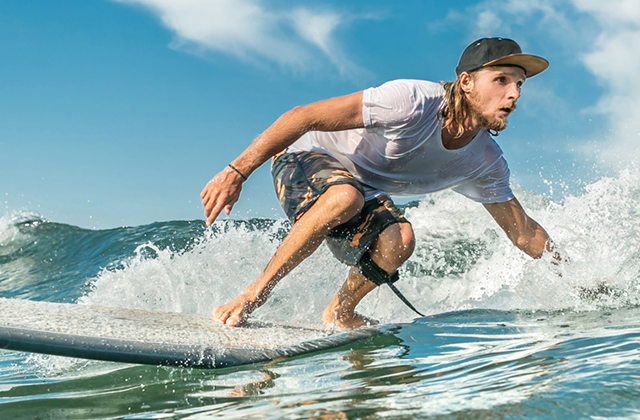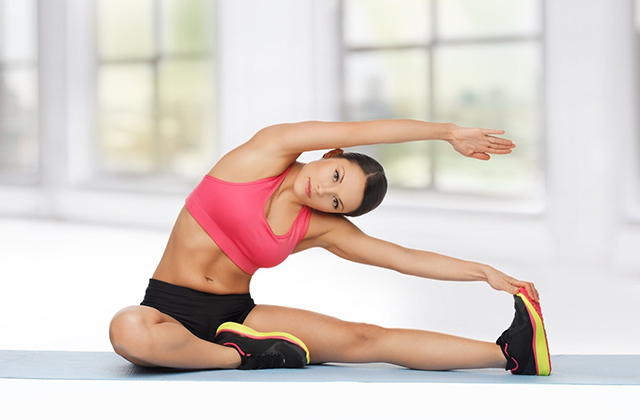What does it mean to Surf Life? Surfing app is another experience to use it if you cannot attend in the event. First, I have to explain what fun the surfing experience can be. Then I will tell you how you can make surfing your lifestyle and how you can surf life in just about everything you do.
Since the very early years of my life, my parents took me and my brother to the beach and taught us how to bodysurf. We surfed as a family. My mom and dad could do it and they took the time to teach us.
We graduated from bodysurfing to riding canvas air mattresses, homemade skimboards, paddleboards and eventually to surfboards. One thing you probably never heard of is surfing a pillow case filled with air. We did that too. We would wet the pillow case and the run down the beach to fill it with air, spinning the end into a knot to hold the air in the case for one wave. Like I said, we rode everything.
Surfing was fun and we carried that over into board surfing. When we first started to ride surfboards, we only surfed longboards, which were normally 10 feet and longer. We didn’t know about wetsuits, leashes, and as a result we were limited to beaches where there were no rocks on the shoreline unless we wanted to repair the dings caused when the fiber glassed board hit the rocks. If we were lucky, another surfer would run and try to catch our surfboard before it hit the rocks. Today, wherever there is a wave, it will be surfed.
Everyone in those days helped each other and shared waves. It wasn’t uncommon to take off on a wave and have as many as 5 of your fellow surfers on the same wave. There was no pressure not to share. Everyone just seemed to have fun. We spent hours talking about how many waves we caught that day and the new maneuvers we saw and tried. Everyone was constantly trying to outdo their buddies by trying new types of pullouts, walking to the nose, turns, etc.
The other thing that was fun was helping the other surfers improve by telling them what they were doing and complementing them on their surfing. We shared wax, towels, and ideas.
Maybe this free spirit was brought to us from Hawaii originally by Duke Kahanamoku. He brought the Aloha Spirit to the shores of California and the rest of the world. This spirit is what I talk about and want to share with you when I talk about how we should all Surf Life.
If you play golf, chances are you will mishit a shot, miss an important putt, or screw up badly on a hole and end up with a bad score. It will probably make you mad. I’ve seen golfers get so upset that they throw or break their golf club after a bad shot.
Well, this doesn’t happen in surfing. You never hit a bad shot. You may fall off of your board and get wiped out, but it is fun. You paddle out and catch the next wave.
What makes you happy and successful in life, marriage, and your job? Having fun? I think that whatever you are doing you should enjoy, just like you enjoy surfing. As I said, it is a spirit that you should and will learn to carry over to your relationships and your work.
Surfing is something that can sure help you do this. Surfing gives you a feeling of freedom. It gets you close to nature out in the fresh air and in the water. It is a great way of relieving tension and stress, while you get a good physical workout. Surfing improves the quality of one’s life.
Surfing is really a fun sport. There are all kinds of amateur contests or you can treat it as a sport each day you surf even though you are not in a contest against others. Although it is normally an individual activity, it is very seldom that you are alone. You are normally with your surfing buddies and friends either riding the waves or hanging out on the beach. It is a happy time.
Surfing leads to beach parties, barbeques, and other social events. You develop a new set of friends who enjoy doing the same thing as you do. It is a mellow lifestyle that you carry over to everything you do. Although it can be competitive, it is still mellow. You are in the water feeling the spray on your face, breathing the fresh air, and in a wonderful state of mind.
Buy a ukulele and learn to play it. Get yourself a Woodie car or a good surf vehicle. Do you really need to wear a tie to work? Feel the aloha spirit. All of these things go with surfing.
Take these feelings with you into the world around you and into your personal and business life and then you will know what it means to Surf Life. You will learn to relax when you get into a difficult situation. You will stop stressing out when someone cuts you off on the freeway.
So my friends, go surfing and learn to Surf Life! Both are a blast!
Chuck Herpick, a Stanford graduate and former Naval Aviator, is an accomplished surfer and has spent his lifetime in or near the ocean surfing most of the California and Hawaii breaks over the many years.
Chuck has been a friend and associate with legendary surfer Tom Morey, inventor of the Morey Boogie Board. Together, he and Tom have designed and made many different types of soft and hard surfboards and other surfing products.
He is also the owner of Oak Street Surf, an online surf shop representing the latest surfboard products where you can get a good review of top of the line surfboard types and designs. You can talk with Chuck to discuss in detail the various options for you to ensure that you select the proper surfboard that will bring you surfing fun and success.
Chuck believes that surfing, whether it be bodysurfing, boogie boarding, board surfing, skimboarding or riding a Standup Paddleboard (SUP) will change your life forever. You will be able to apply the love you will obtain from surfing to everything you do and will learn how to Surf Life! What a joy!!
Article Source: https://EzineArticles.com/expert/Chuck_Herpick/1477936
Article Source: http://EzineArticles.com/7563911


